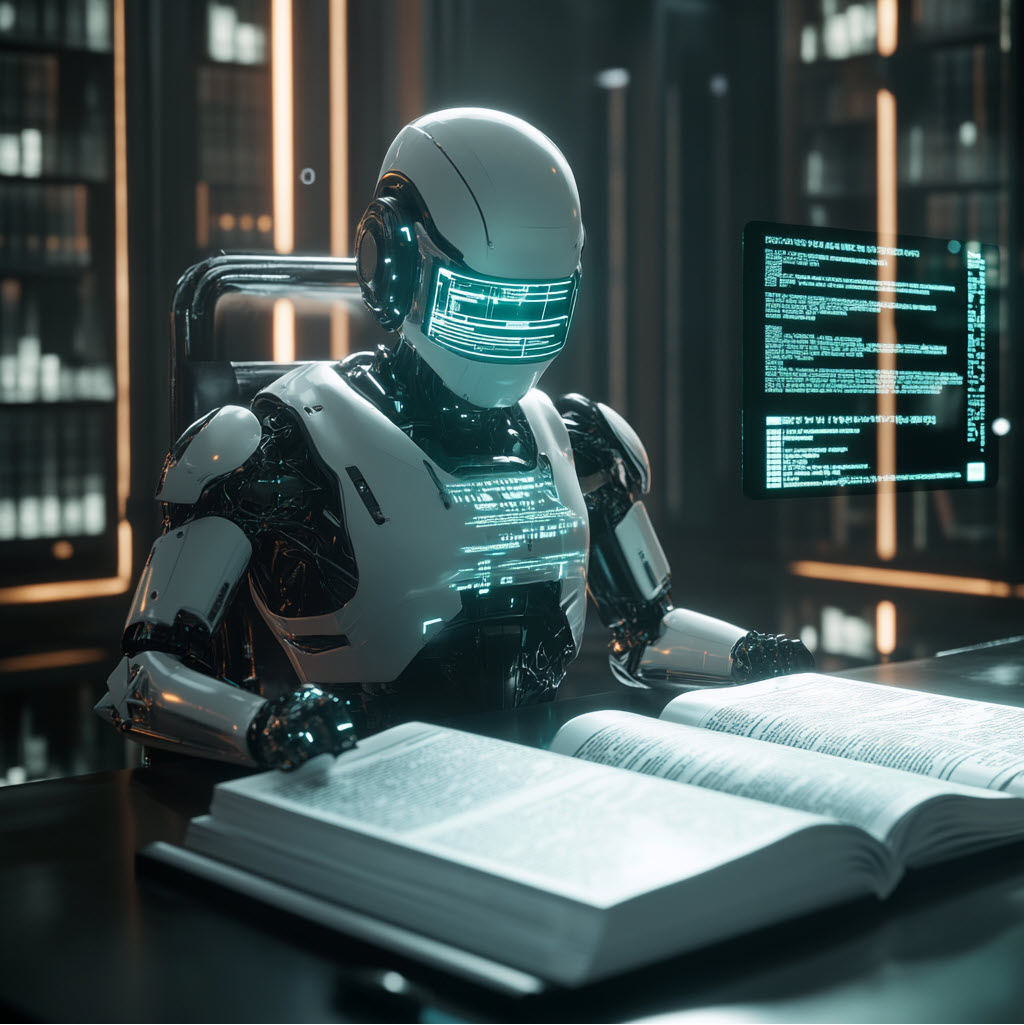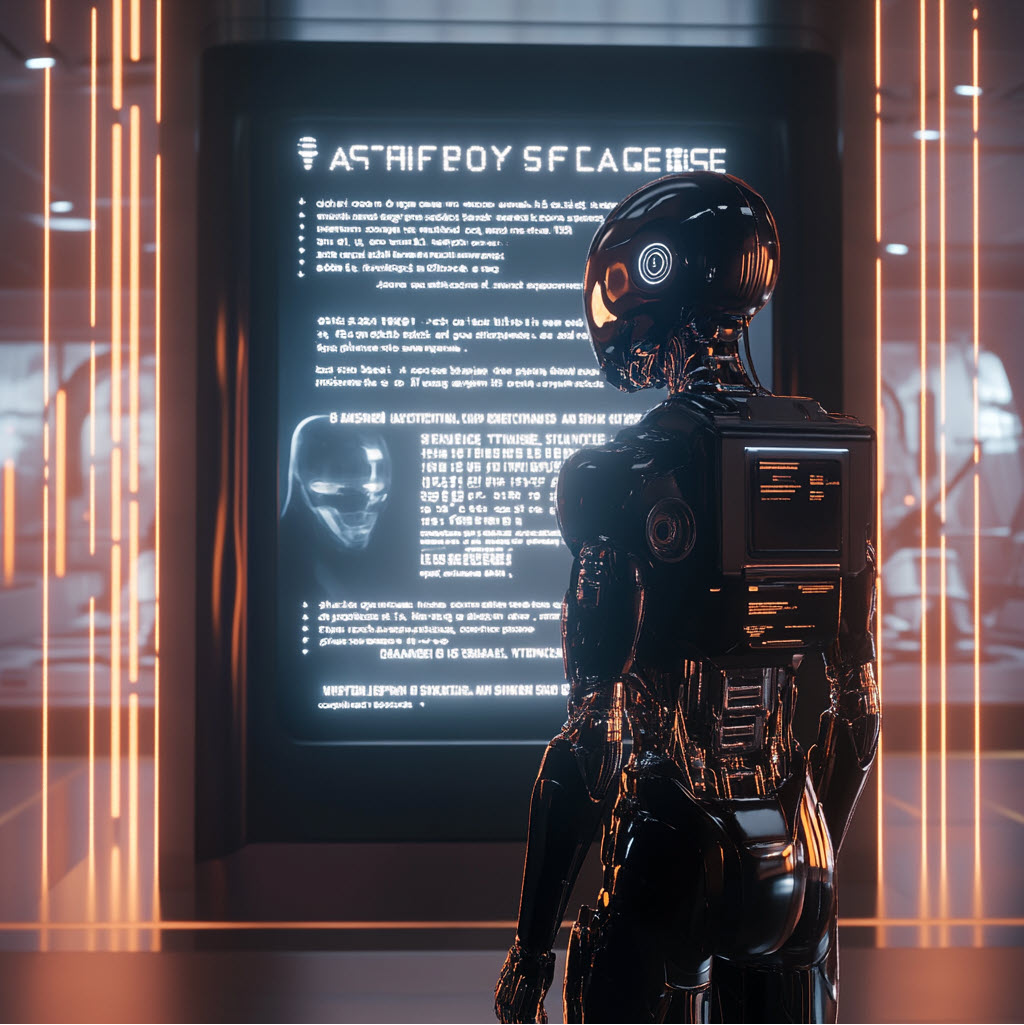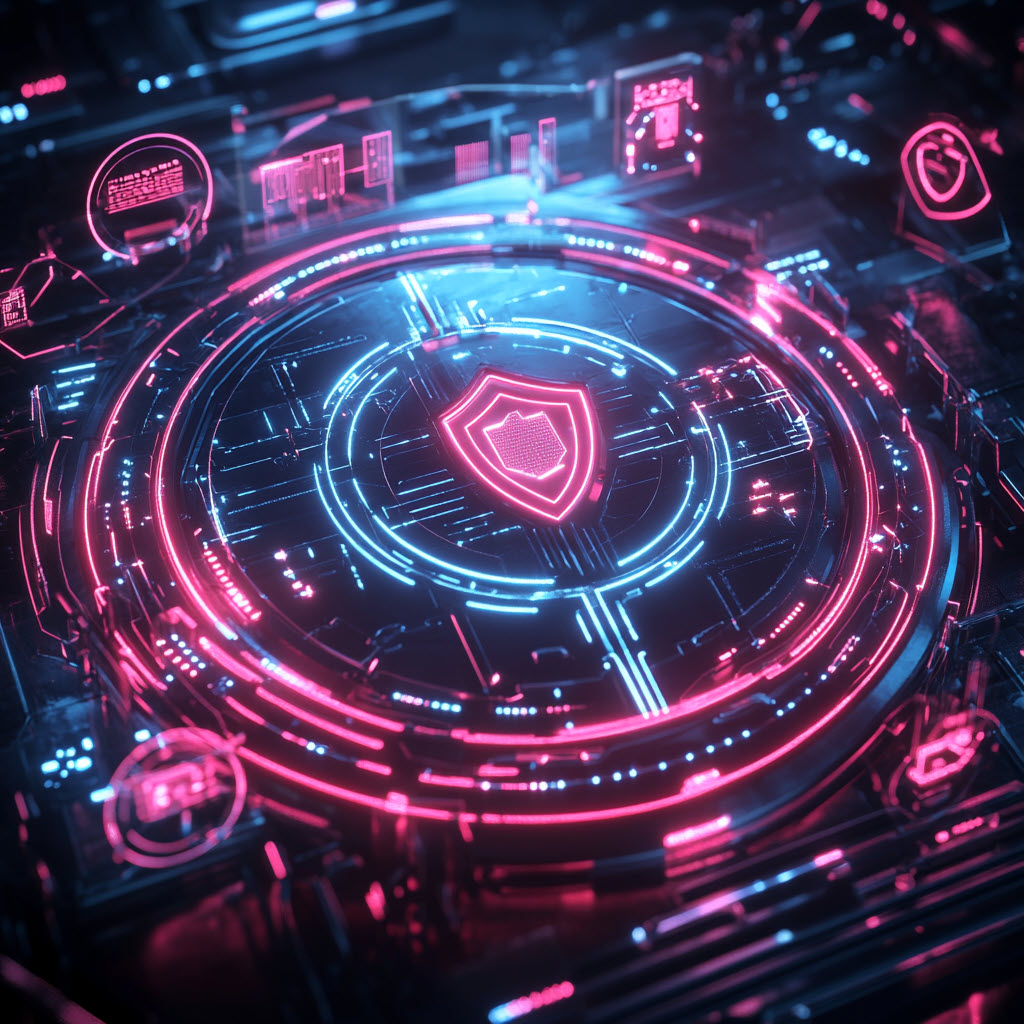Asimov’s Three Laws of Robotics: Foundations for Modern AI Safety
Isaac Asimov’s Three Laws of Robotics, introduced in his seminal science fiction works, provide a philosophical foundation for understanding and addressing AI safety. While we are far from creating sentient robots, these principles highlight the importance of safeguarding human welfare in the development and deployment of AI systems.
The Three Laws
- A robot may not injure a human being or, through inaction, allow a human being to come to harm.
- A robot must obey the orders given to it by human beings, except where such orders would conflict with the First Law.
- A robot must protect its own existence as long as such protection does not conflict with the First or Second Laws.
Relevance to Modern AI
Asimov’s laws emphasize safety, accountability, and transparency—principles that remain central to AI today. Platforms like KOLO_AI® embody these ideals, implementing stringent safety protocols and ethical guidelines to ensure AI aligns with human values.
KOLO_AI® and AI Safety
KOLO_AI® integrates robust safeguards to prevent harm, mitigate biases, and ensure compliance with ethical standards. By leveraging insights from Asimov’s vision, KOLO_AI® delivers AI systems that prioritize safety and transparency.
Recommended Articles

AI for Legal Advice: Why Safe AI-Powered Responses Matter




